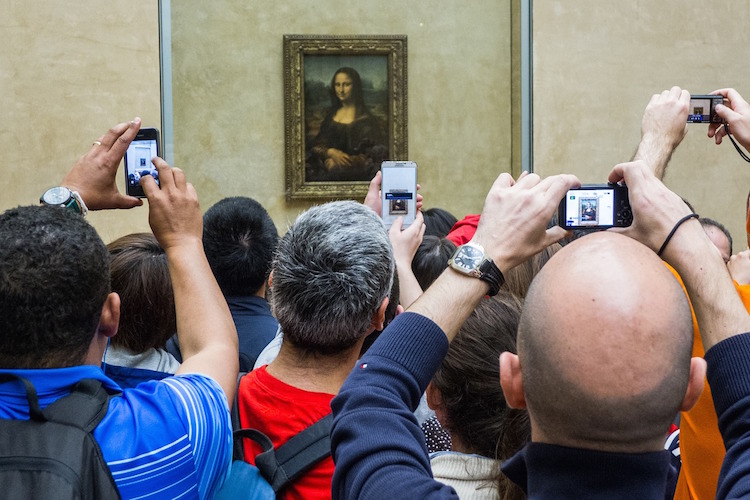
More and more, we see big-name brands using unorthodox approaches to social media. Take Wendy’s and their #nuggsforcarter campaign. A single tweet amassed nearly 3.42 million retweets, free publicity for the chain restaurant, and undisputed favor among its fans. Then there’s Always and their #LikeAGirl campaign. They encouraged audiences to challenge gender stereotypes, while aligning their name with a body-positive message. In turn, this garnered a positive response from fans. For global brands like these, creating popular and well-liked campaigns may seem to come naturally, but in reality, this happens after days, weeks, and months, of trial and error.
It’s no longer acceptable to simply post about your features and events – you need to get involved with your audiences’ likes, dislikes, and experiences. Sure, it’s a more involved process, but if done properly, the payoff at the end is worth it. Here are a few things you can do to get your audience’s attention, excitement, and money, all through social:
Reading comments, messages, and replies to all social posts is essential if you want to learn your audiences’ habits. If there’s something they don’t like, or that’s bothering them, trust me, they’ll tell you. Use that feedback to your advantage. You are getting real, raw opinions and feedback from your guests in real-time, so you know exactly what’s working (and what’s not). When you encounter angry customers who, for one reason or another, are unhappy about something, take a deep breath. Keep in mind that they are looking to have their feelings validated, recognized, and addressed. By acknowledging and responding to their post, you’re ahead of the game. If you take the time to respond to your audience in a personalized manner (no canned responses), 9 times out of 10, they will appreciate it, and be that much more likely to align themselves with your brand. For tourist attractions, that means social media responses are a way to encourage people to come back year after year.
What is the 80/20 Rule? According to Social Media Today:
“It simply comes down to this: use just 20% of your content to promote your brand, and dedicate 80% to content that really interests your audience and engages them in conversations.”
Sure, your social should be informative and relevant, but it also needs to be lighthearted, interesting, and engaging. Not to say those things aren’t mutually exclusive, but your audience craves variety – so give it to them. Things like polls or quizzes, relevant outside articles, sharing related posts, or posting photo journals are great ways to mix up your content, while still keeping eyes on your attraction.
As I write this, there are two museums in London “fighting” on Twitter about which is better. These two destinations have managed to draw positive media attention to themselves, while educating audiences in a creative, entertaining way. After reading their back-and-forth, I’m inclined to book a trip to London, just to see what the fuss is about. That’s exactly what you want your audience to feel when they see your social posts.

Your social media feeds offer past, present, and future visitors a glimpse into the experience your destination offers. Make sure it’s something they’ll want to come see for themselves. And keep those turnstiles turning.